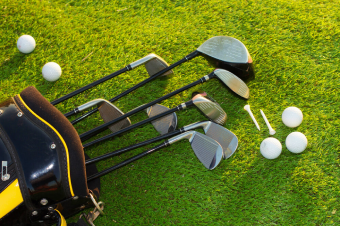Golf is a game of strategy and precision, and choosing the right golf clubs is one of the most important decisions a golfer can make. The various types of golf clubs explained in this guide are designed for specific situations and playing styles. Understanding each type will help you play more confidently and improve your performance on the course.
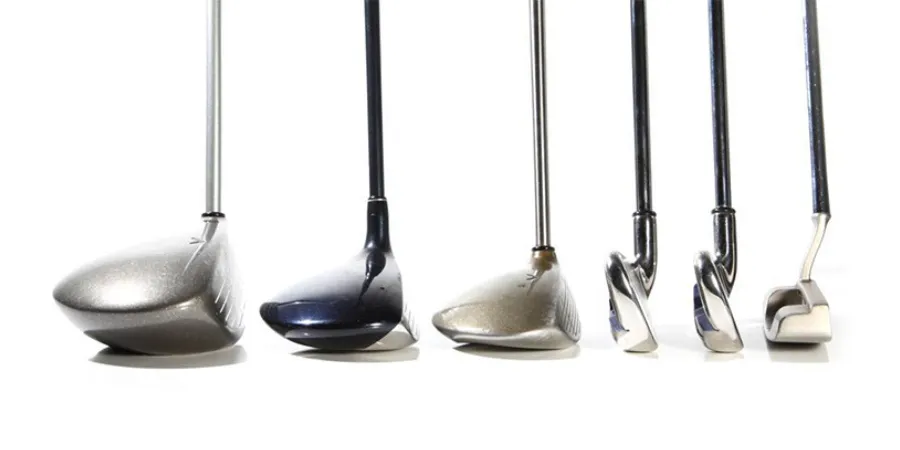
Content
1. Driver
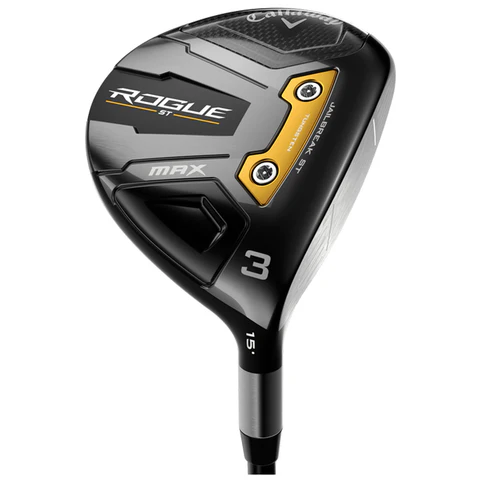
The driver is often the first club used in a round, typically for tee shots on long holes. It has the longest shaft and the largest clubhead in the bag, making it ideal for maximizing distance. The low loft angle of the driver allows the ball to travel farther with a lower trajectory.
Drivers have evolved significantly, with modern features like adjustable lofts, movable weights, and aerodynamic shapes that improve swing speed. Many drivers also have lightweight materials such as titanium, offering strength and flexibility. For beginners, a forgiving driver with a large sweet spot is a smart choice.
2. Fairway Woods
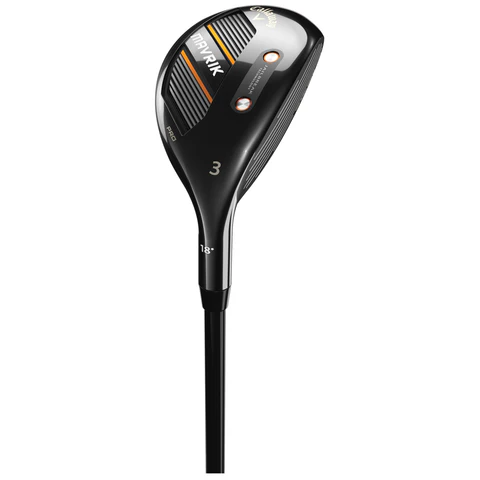
Fairway woods are usually the next step after drivers in terms of distance. They are numbered (typically 3-wood and 5-wood) and are used for long-range shots from the fairway or light rough. The head is smaller than a driver’s but still larger than most other clubs.
Fairway woods are easier to hit off the ground and are valuable for approach shots on long par-5s or when accuracy is more important than distance. Some players even use fairway woods off the tee when control is a priority.
3. Hybrids
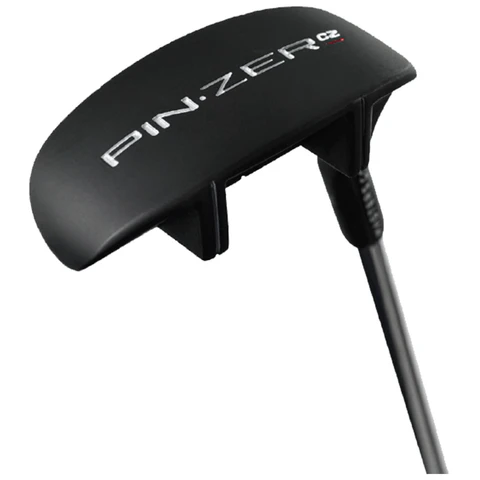
Hybrids are a cross between fairway woods and irons, designed to offer the best of both worlds. They typically replace the more difficult-to-hit long irons like the 3- and 4-irons. Their design includes a deeper center of gravity and wider sole, making them much easier to launch into the air.
For players of all skill levels, hybrids provide excellent playability from all kinds of lies—rough, fairway, or even tight lies. They’ve become a popular choice in modern sets and are included in many starter packages due to their versatility and forgiveness.
4. Irons
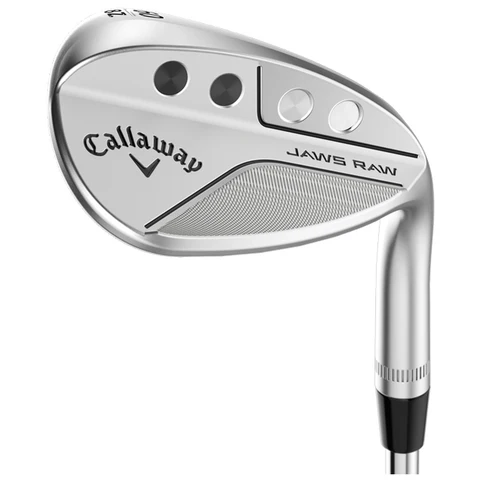
Understanding what are golf iron sets is critical for every player. Irons are used for a wide variety of shots, usually from around 200 yards and in. Numbered from 3 to 9, each iron has a different loft and length, affecting the trajectory and distance.
There are two main categories of irons:
- Cavity-back irons: Designed for forgiveness, ideal for beginners.
- Muscle-back (blade) irons: Offer greater control and feel, preferred by experienced players.
Each club in the iron set plays a unique role. Lower-numbered irons like the 3 or 4-iron are suited for long shots, while mid-irons (5-7) are for moderate distances, and short irons (8-9) are great for accuracy and approach shots.
5. Wedges
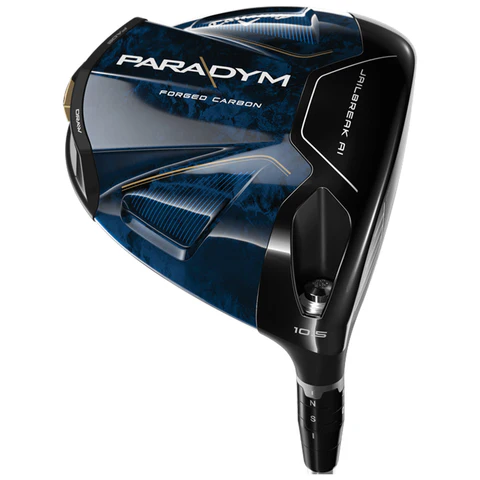
Wedges are a specialized category of irons and are vital for your short game. The types of wedges in golf include:
- Pitching Wedge (PW): Standard wedge used for full shots and long chips.
- Gap Wedge (GW): Fills the loft gap between the pitching and sand wedges.
- Sand Wedge (SW): Ideal for bunker shots and shots with soft landings.
- Lob Wedge (LW): Offers the highest loft, perfect for short, high shots over hazards.
Wedges help you manage the final stretch of any hole, whether you’re chipping, pitching, or escaping a sand trap. Choosing the right wedge can mean the difference between a bogey and a par.
6. Putters
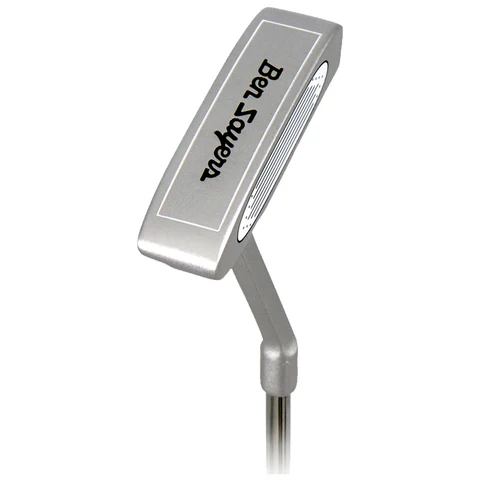
The putter is a club of precision, used on the green to roll the ball into the hole. It comes in several shapes:
- Blade: Traditional, simple design for more skilled players.
- Mallet: Larger head, offering more stability and forgiveness.
- Perimeter-weighted: Balances forgiveness and control.
Putters often include alignment aids to help with aim. Choosing a putter comes down to feel and consistency. A good putting stroke can make up for many mistakes made earlier in the hole.
Choosing the Best Golf Clubs for Beginners
Golf can feel overwhelming when you’re just starting, but the right clubs can make learning easier and more enjoyable. The types of golf clubs for beginners focus on forgiveness and ease of use. Look for features like:
- Oversized clubheads for a larger sweet spot
- Perimeter weighting for better balance
- Graphite shafts for lighter weight and faster swing speeds
Complete beginner sets often include a mix of clubs designed to give new players a well-rounded toolkit without the complexity of a full tour set. These sets are typically more affordable and can help beginners build confidence in their game.
Understanding the Differences Between Golf Clubs
So, what sets each type apart? Let’s explore the differences between golf clubs:
- Drivers hit the ball the farthest and are used off the tee.
- Fairway Woods provide long-range shots from the fairway.
- Hybrids offer easier shots compared to long irons and are great for tricky lies.
- Irons cover a wide range of distances and shot types.
- Wedges are built for short, high-accuracy shots around the green.
- Putters finalize the hole with careful, controlled strokes.
Each club is engineered for specific shots and conditions, and learning how to use them effectively can significantly improve your round. Even seasoned golfers continually work on club selection to match their swing and the course layout.
Conclusion
By now, you should have a clear understanding of the types of golf clubs explained in this guide. From launching long drives with a driver to sinking putts with precision using a putter, each club plays a vital role in your overall performance.
Whether you’re investing in the types of golf clubs for beginners or looking to refine your game with better club choices, knowing the differences between golf clubs helps you play smarter. Golf is a game of strategy, and selecting the right tools is half the battle. Equip yourself with the right clubs, practice your swing, and enjoy your time on the course. If you’re heading to the course for the first time, don’t miss these essential tips for playing golf for the first time here.
FAQ’s About Types of Golf Clubs
Q1: What are the most important golf clubs for beginners to have?
Beginners should start with a driver, hybrid, mid-to-short irons (6-9), a pitching wedge, a sand wedge, and a putter. Many beginner sets offer these in a cost-effective package.
Q2: How many wedges should a golfer carry?
Most golfers carry three to four wedges: pitching, gap, sand, and lob wedges. Each has a distinct loft and function to handle different situations around the green.

Emily Harris is your ticket to the sports world. From thrilling competitions to heartwarming sportsmanship, she’s got you covered with her extensive sports insight.

